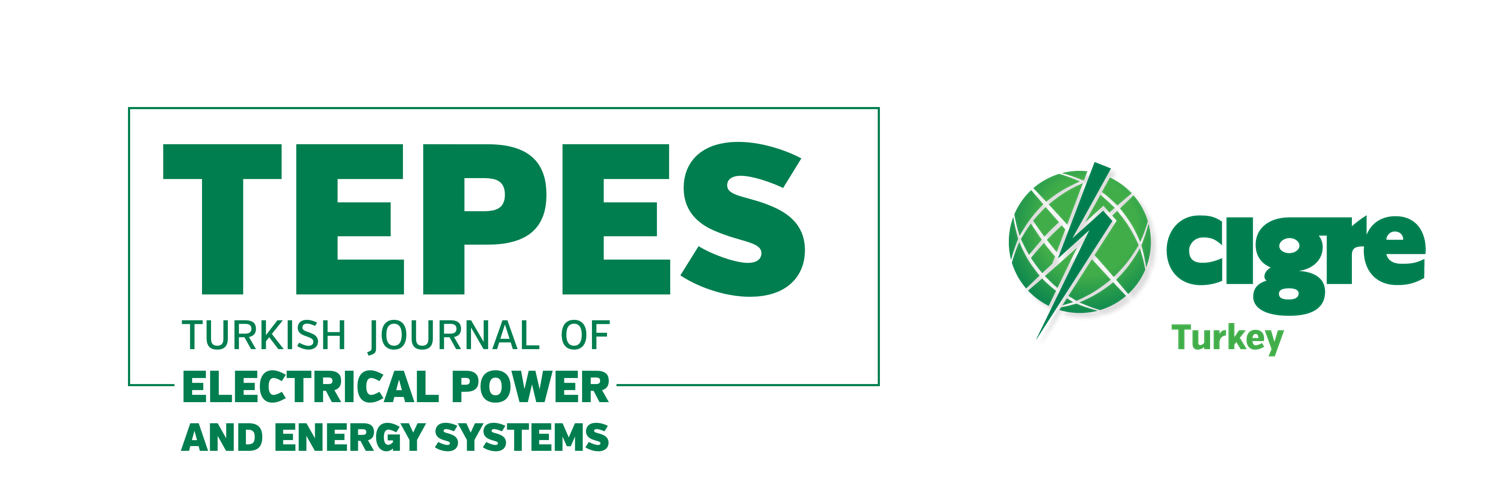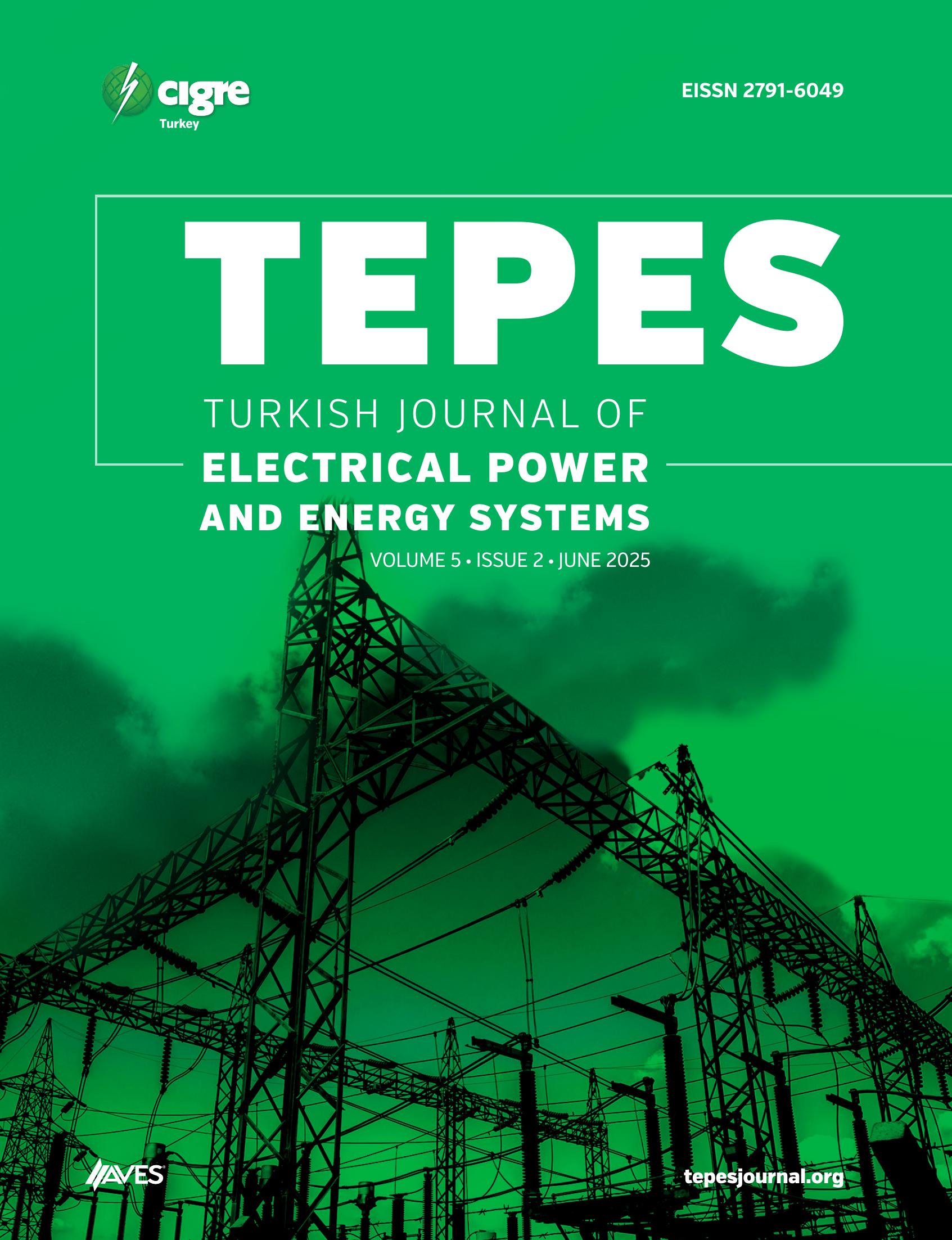In recent decades, the integration of distributed energy resources (DER), primarily solar and wind, has transformed distribution grids from passive to active systems, creating challenges for grid controllability and asset utilization. Due to the intermittent and unpredictable nature of DER, expectations of improved voltage stability and profiles are often unmet in real-world operations. This has introduced significant issues for Distribution System Operators, particularly concerning voltage control and asset aging. Traditionally, voltage regulation relied on transformer tap changers, which are not equipped to handle the fast, dynamic changes caused by DER. Frequent tap adjustments accelerate transformer aging, while weak grid connections, such as in rural or mountainous areas, can lead to voltage collapse. Additionally, mismatches between generation and demand often cause active power flow to exceed infrastructure limits, leading to renewable energy curtailment or restricted grid connections. This study examines a weakly connected distribution grid in a mountainous region of Georgia, integrating 200 kW rooftop solar photovoltaic (PV) systems, a 200 kW ground-mounted solar plant, and a 200 kW hydropower plant. Due to the high costs and geographical constraints associated with network reinforcements in such regions, the study explores the deployment of distribution Flexible alternating current (AC) Transmission Systems (FACTS) devices, specifically Static Volt-Ampere-Reactive (VAR) Compensator (SVC) devices, as an effective solution. The study focuses on how improvements can be achieved through reactive power compensation and advanced voltage regulation, addressing voltage instability, and enhancing power flow management. Multidomain analysis highlights the effectiveness of SVC devices in managing the challenges of DER integration while deferring costly grid reinforcements.
Cite this article as: G. Arziani and T. Elizarashvili, “FACTS for effective DER integration into the Georgia distribution grids,” Turk J Electr Power Energy Syst., Published online May 5, 2025. doi 10.5152/tepes.2025.24036.








